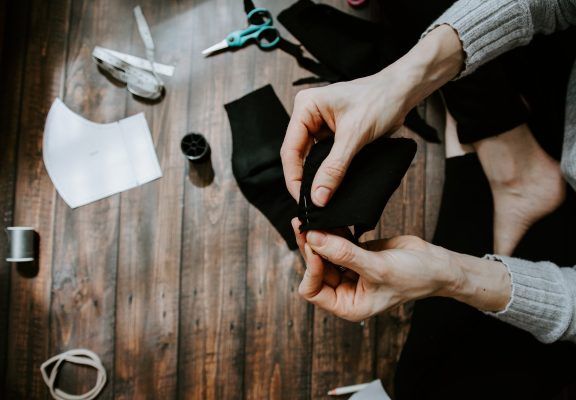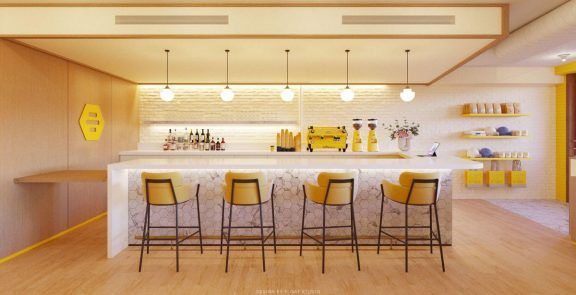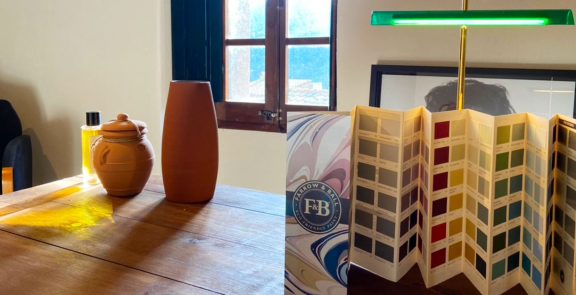

Is made-to-order a strategy that can respond to the challenges facing consumer products today?
IN ONE SENTENCE:
Fashion teaches us how made-to-order items can be one solution to the challenges arising in today’s consumer society.
THE GREAT STRATEGIC TAKEOUT:
Made-to-order as a strategy that meets today’s challenges: producing slowly, promoting a new type of customisation and proactively incorporating sustainability.
Why it is interesting:
Suddenly, an industry that was already on the edge of the abyss was completely paralysed because of COVID-19: consumers no longer needed to buy as many fashion items as often as before.
Questions that had been around for some time suddenly acquired a new importance in the sector: Will there still be room for so many brands that base their USP on variety, novelty and affordable prices? Will there still be consumers willing to go on consuming new products?
The answer seems to be “NO”, even if the media are committed to encouraging sales by calling this decade a new “roaring 20s” (without having stopped to think that the current period does not resemble those years at all).
The feeling seems to be that we have a model that is no longer valid: designers, brands and consumers appear to agree on the need to take advantage of the possibilities of technology to rethink models.
But there is an approach that can evolve to provide an answer: made-to-order. It is an alternative to mass production that is increasingly being adopted by digital native firms and also by some large companies, for part of their production, targeting consumers who are looking for something different and truly sustainable, unlike large brands’ designs for the mass market. A responsible alternative to global production models in which logistics chains, clothing stores and surplus stock have grown into one of the planet’s main environmental problems.
Slow production:
- Build on waiting: waiting favours carefully considered purchases and increases people’s desire for them.
- Connect directly with those who produce the item and do the work, emphasising the time needed to make it.
- The brands that adopt this strategy generally work without seasons, without shows or parades, and without constantly introducing new models, allowing themselves to be guided by inspiration and the real time needed for garments to be made, thus creating a more balanced delivery flow throughout the season.
Promoting a new type of personalisation:
- Don’t work with stocks, but with a catalogue of designs/products that are only made when they are ordered by a consumer, thus becoming items specially designed for them.
Incorporating sustainability proactively in the brand’s DNA:
- Only necessary quantities are produced, thus generating less waste.
What tension does it resolve?
Made-to-order responds to one of the main tensions and contradictions for the contemporary consumer: consuming without destroying.
What is the underlying need?
“I want to go on consuming, but responsibly.”
What strategic opportunities and challenges do we detect?
- Sustainability understood as part of the DNA of new brands and taken into account throughout all their processes.
- A win-win strategy for brands and companies and for consumers.
- The reinvention of the supply and production chain.
WHAT SHOULD I PAY ATTENTION TO?
- Production on demand.
- Back to basics through the traditional ordering/producing system.
- A new way of presenting brands in a more human, realistic and balanced way that connects with new generations.


